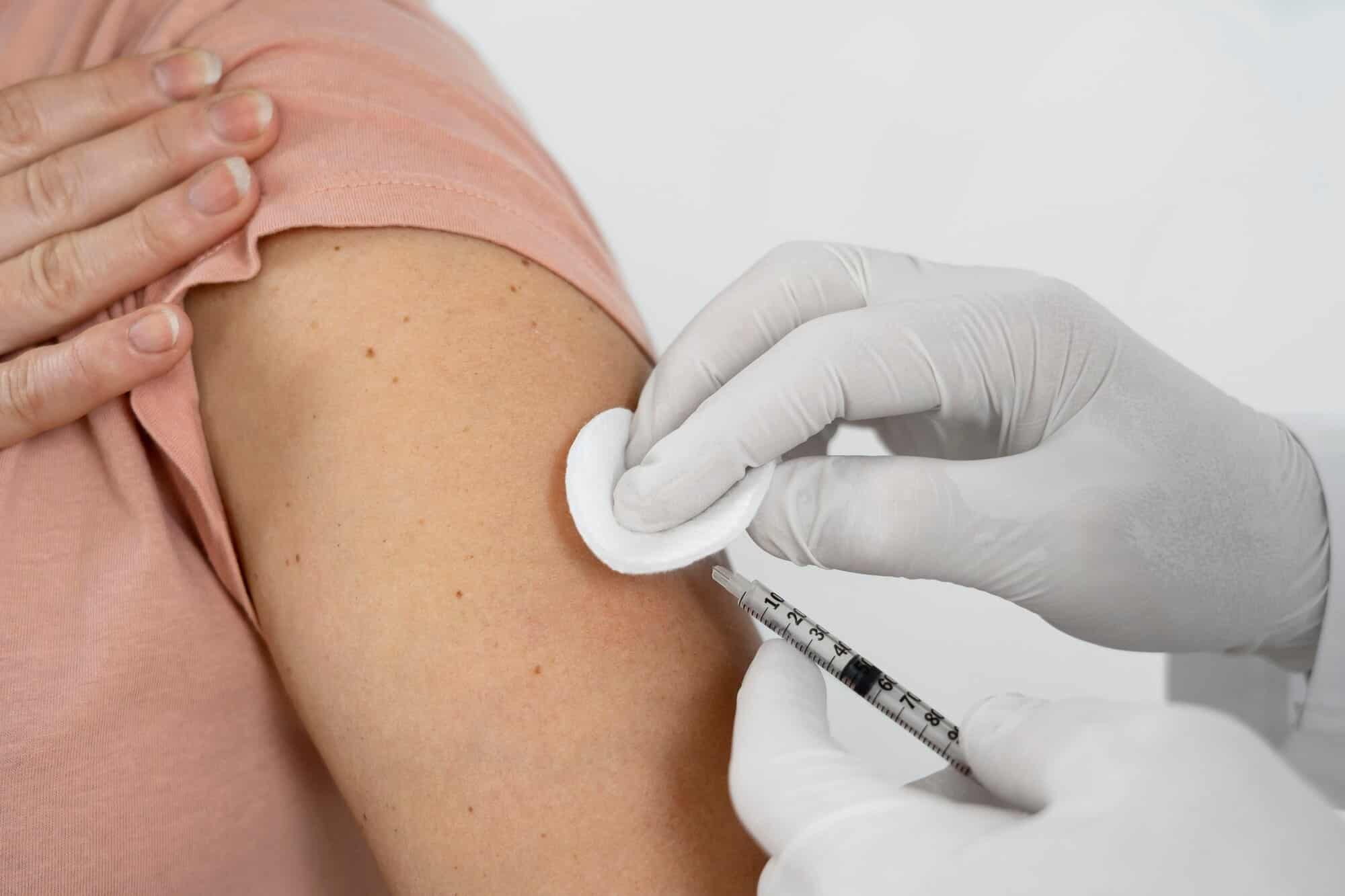
Itching, burning, and unusual discharge are among the most typical signs of both gonorrhea and yeast infections. Due to these shared symptoms, gonorrhea can be mistaken for a yeast infection; however, their underlying causes, potential complications, and treatments differ significantly. In this blog, to help you get an accurate diagnosis and the right treatment, we will address common questions and highlight the key differences between gonorrhea and yeast infections.
The Differences Between Gonorrhea and Yeast Infections
While gonorrhea and yeast infections cause similar symptoms, such as genital discomfort, they have different causes and require distinct treatments. Below is an explanation of the main differences between these conditions.
Causes and Transmission
Gonorrhea is a bacterial infection caused by Neisseria gonorrhoeae, also known as gonococcus. It primarily transmits through sex but can also spread through a non-sexual mode. Here is a look at the modes of transmission of gonorrhea.
- Sexual contact: The bacteria are transmitted through bodily fluids, including semen, pre-ejaculate fluid, and vaginal fluid. When a person is exposed to these bodily fluids through unprotected vaginal, anal, or oral sex, the risk of transfer increases. Gonorrhea can also be spread through sex toys that have come into contact with infected bodily fluids. The bacteria primarily infect the urethra but can also affect the cervix, rectum, throat, and eyes.
- Perinatal transmission: A pregnant person can pass the infection to the baby during childbirth. The baby contracts the bacteria while passing through the birth canal and infected vaginal fluids. Primarily, the baby’s eyes are affected, causing severe eye infections and potentially leading to blindness if left untreated.
There are some common misconceptions about gonorrhea transmission, such as the belief that it can spread through non-sexual contact, shared toilet seats, swimming pools, and towels. However, infection cannot be transmitted through such modes since the bacteria cannot survive outside the body.
Yeast infections in the genitals, or candidiasis, result from an overgrowth of the Candida fungi, especially Candida albicans. This condition predominantly affects females, but males can also develop it since the fungus is naturally present in all genital flora. Below are some common causes of yeast infections.
- Imbalance of bacteria and yeast: In a healthy state, the vagina and the penis host a specific balance of bacteria and yeast. When this balance is disrupted, yeast can overgrow, leading to a yeast infection. A weak immune system, diabetes, and the use of antibiotics are potential contributing factors.
- Hormonal changes: Pregnancy, menstruation, and hormonal birth control can alter vaginal pH and promote yeast overgrowth.
- Lifestyle factors: Tight synthetic underwear, excessive moisture in the genital area, using scented menstruation products and vaginal wash, wearing the same clothes for too long, and eating food high in refined carbohydrates may also contribute to yeast infections.
Although a yeast infection is not considered to be an STI, it can be transferred through sexual contact.
Symptoms
The symptoms of gonorrhea present differently in females and males. Most people with the condition do not exhibit any symptoms, particularly females. However, symptoms may appear between 2 and 14 days of infection.
Symptoms in females:
- Yellow, greenish, or bloody vaginal discharge that may have a foul or fishy odor
- Lower abdominal or pelvic pain
- Bleeding between periods or after intercourse
Symptoms in males:
- White, green, or yellow urethral discharge, often noticeable in underwear
- Pain or swelling in one or both testicles
- Swelling of the foreskin
Symptoms in females and males:
- Eye redness, pain, or discharge
- Itchy or sore throat, difficulty swallowing
- Burning pain during urination, the urge to urinate more than usual
- Pain, itching, and discharge from the anus
- Painful bowel movements
- Painful sexual intercourse
- Fever
- Rash
- Joint pain or swelling
Yeast infections are more common in females than males, although the symptoms are similar.
Symptoms in females:
- Itchy or irritated vulva
- Redness and inflammation of the vulva
- Thick, white vaginal discharge
- Itching or burning during urination
- Discomfort or pain during vaginal sex
Symptoms in males:
- Itchy, red, swollen, or sore penis
- White, shiny patches or small, red spots at the top of the penis
- Thick, white penile discharge
- Itching or burning during urination
- Discomfort or pain during sex
Testing and Treatment
Healthcare professionals administer the following tests to diagnose gonorrhea:
- Urine test
- Swabs (vaginal, penile, rectal, or throat)
- Blood test
The optimal treatment of uncomplicated gonorrhea is a single injection of the antibiotic ceftriaxone. Management of the condition includes a test of cure (TOC), avoiding sex until the eradication of infection, partner notification, and, in some cases, retesting in 2-3 months.
Diagnosis of a yeast infection involves the following assessments:
- Visual examination for signs of inflammation and discharge
- Microscopic examination of a vaginal smear sample to detect the presence of yeast
- A fungal culture to identify the specific type of yeast and its susceptibility to antifungal medications
Treatment of a yeast infection depends on the severity of the condition. Topical or oral antifungals are recommended for mild infections. In severe or recurring cases, the same medications are prescribed but for a longer duration, ranging from 2 weeks to 6 months.
Long-Term Complications
Left untreated, gonorrheacan lead to severe health outcomes. In females, it may cause pelvic inflammatory disease (PID), increasing the risk of infertility, ectopic and tubal pregnancy, and chronic pain. Males may develop epididymitis and scarring of the urethra. In rare cases, gonorrhea spreads to the bloodstream or joints, leading to complications such as heart valve damage and arthritis.
Yeast infections rarely cause serious complications. However, frequent recurrence may cause debilitating discomfort and may be a sign of other health issues, such as diabetes or HIV. Proper hygiene, loose clothing, avoiding unnecessary antibiotics, and managing blood sugar levels can help prevent chronic yeast infections.
Can You Have Gonorrhea and a Yeast Infection at the Same Time?
It is possible to contract both gonorrhea and a yeast infection at the same time. Gonorrhea disrupts the healthy balance of the genital microbiome, potentially leading to a yeast infection, particularly in females. The antibiotics prescribed for gonorrhea or other conditions may also disrupt this balance. Patients may experience overlapping symptoms like discharge, urinary discomfort, and genital irritation, and testing is necessary to diagnose gonorrhea and yeast infections properly.
Get Testing and Treatment at Equality Health
While gonorrhea can be mistaken for a yeast infection, the causes and treatments are distinct. Gonorrhea is caused by bacteria and requires antibiotics, and yeast infections are caused by fungi and respond to antifungal treatment. If you are experiencing persistent itching, redness, pain during urination, or other symptoms, seek professional help as soon as possible. Equality Health offers comprehensive testing to diagnose your condition accurately and provides the appropriate treatment.
Frequently Asked Questions (FAQs)
Gonorrhea may lead to more serious complications than yeast infections and demands immediate medical intervention. In rare cases, untreated gonorrhea can cause permanent infertility and affect joints and heart valves. Yeast infections, on the other hand, can lead to severe itching and discomfort, significantly affecting quality of life and daily functioning.
Yeast infections usually need medical attention. However, some mild cases may gradually improve as the body’s microbial balance restores naturally.
Topical application or consumption of some familiar kitchen staples, such as coconut oil, yogurt, and apple cider vinegar, may provide temporary relief from the symptoms of a yeast infection. However, they do not cure the underlying yeast overgrowth, and reliance on them may delay treatment, increasing the risk of complications and recurrence.




